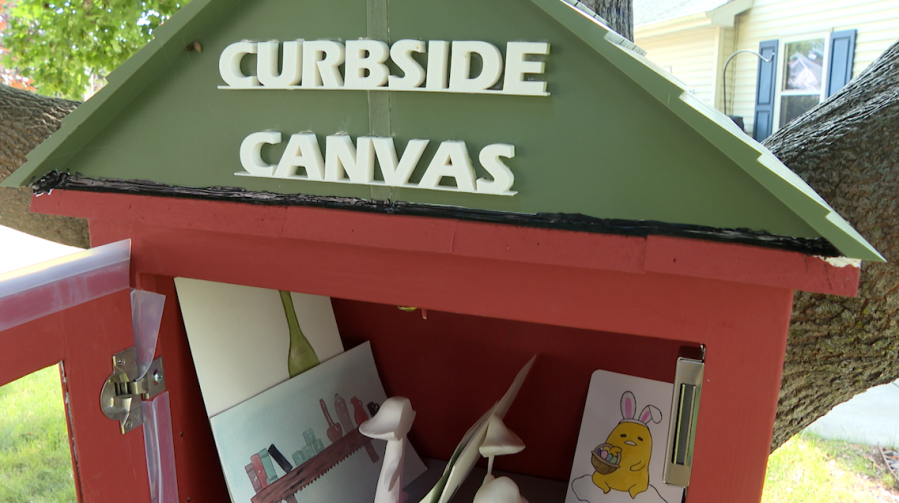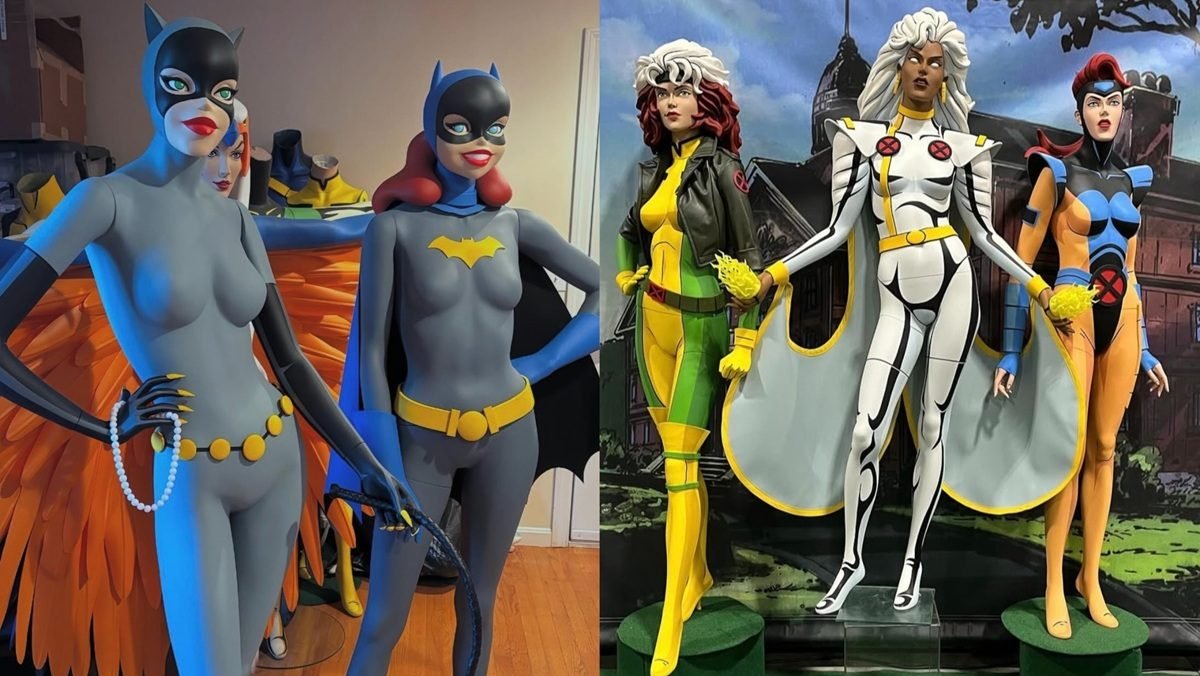NFT art is already big business. Even the most traditional auction houses have held large sales, with both Christie’s and Sotheby’s reporting NFT revenues of more than $100 million in 2021.
In a further sign that NFT art is hitting the mainstream, the world’s first NFT museum opened in Seattle in January. The hype hit new levels when Paris Hilton appeared recently on Jimmy Fallon’s late-night US talk show and the pair discussed, at painstaking length, their ownership of NFTs.
But Mark Eaves, the co-founder of Gravity Road and someone with a keen interest in NFTs, and says we should be wary of allowing “the crypto-celebrity elite to overshadow some of the more interesting activity that’s going on”.
And some of that activity involves people in advertising, whether they’re investing themselves or introducing some of the innovation that exists around NFTs into their thinking for clients.
NFTs in adland
Dillah Zakbah is a creative director at BBH London – recently moving over from BBH in LA – and is an avowed cryptocurrency “early adopter”. She first bought crypto in 2014, and then invested in NFT art. She acquired some of the Crypto Kitties collection (“it was just for the fun of it, I had a bunch of spare Bitcoins lying around”) for “almost nothing” – the equivalent of $12-$14. She’s since sold them for the equivalent of $5,000.
Eaves has also invested in NFT art to “educate and entertain myself”. For instance, he bought into Damien Hirst’s “The Currency” initiative, which makes a collection of 10,000 of Hirst’s artworks available to investors. Collectors receive NFTs of the Hirst art but eventually have to decide between owning the physical art work or the digital version, with the other format being destroyed. Eaves says he likes the idea behind the project (it attempts to explore “the boundaries of art and currency”), and that a big name in art is experimenting with new approaches. He adds: “The notion that you can demonstrate ownership in digital worlds I find quite profound.”
Zakbah says that she’s interested in both the investment and creative potential of NFT art but, mainly, it’s fun and provides an outlet for creativity and friendship: “I now give NFTs to my friends for their birthdays. I’ll make them a trading card, or draw a portrait of their cat and give it to them. When you used to paint a portrait for your friend, now they can put it into their digital wallet.”
Eaves adds that it’s not all about the big transactions and famous names in the art world. He’s a supporter of the Flower Girls project, – “it’s the art and the purpose I’m buying into”. This involved the sale of 10,000 handcrafted pieces of art stored as tokens on the Ethereum Blockchain. Some 20 per cent of profits are donated to a range of children’s charities, and a further 5 per cent is used to collect children’s NFT-based art.
Ben Richards, the chief experience officer at VMLY&R, says that there’s value in encouraging people at agencies to learn more about NFTs. With this in mind, the network’s Dubai office has launched a competition for its people to become NFT artists themselves. Winning submissions will be minted and placed on the blockchain before being available on NiftySouq, the Middle East’s largest NFT marketplace.
Jeopardy and risk
However, while following the rise of NFT art with interest, Richards himself is reluctant to buy because of the lack of clear ways to measure its value. He says: “I also buy art in general because I love the work and would want it displayed proudly in my own space – I don’t really have a facility or the want to showcase NFT investments in my home. However, there are a few areas that I’ve got my eye on, but it’s a little more cross-platform, linking to collectables.”
Beyond potential security and fraud issues, is there a real risk for investors in NFT, that they’ll lose out due to volatility and reassessment of the value of the art? Eaves says: “The playfulness and opportunity to test boundaries is a good thing. Equally a lot of people are doing it because they’re more interested in the market potential than the cultural potential, and a lot of those people will have some nasty shocks along the way.”
For Zakbah, investing in NFTs is similar to other options such as investing in stocks and currency: “You have to keep your eyes open. I’m not a big risk-taker, I wouldn’t urge anybody to put all their eggs in one basket but it’s something that’s fun to do when you have a little spare change.”
Richards agrees that the ideal with NFT art, as with any other form of art, is to “buy work you love, for a price you can afford…The truth is there’s a deluge of chancers who are mass creating not making masterpieces.”
Where next for NFTs?
Both Richards and Eaves see large potential for NFTs in the music industry (with channels such as Royal.io leading the way). Established social platforms are also playing their part in helping artists monetise their work. YouTube recently unveiled tools for creators to provide them with ways to sell short-form video content as NFTs.
Dozens of brands have already invested in NFTs, but Richards believes that the future lies in thinking about NFTs in the context of “scarcity and proof of ownership”. He adds that there is an opportunity for advertisers to consider what they “have to offer that people might want to own or will find useful in digital form”.
Zakbah sees the emergence of NFT art, together with the metaverse and Web 3.0, as exciting for brave brands “looking to punch through culture”. Let’s just hope that these advertisers embrace the enthusiasm and passion of adland’s NFT art collectors, rather than the indiscriminate approach of “crypto-celebrities” currently in the news.






